Kakao Games set to release Norse-themed MMORPG Odin: Valhalla Rising worldwide Game has surpassed 17 million downloads across Asia Discover four of the nine realms with near-seamless expl
Author: AuroraReading:3
This guide explores the diverse uses of Minecraft's botanical wonders, from dye creation to landscape decoration and rare species collection. Let's delve into the unique properties and applications of various flowers in your Minecraft adventures.
Table of Contents
Poppy | Dandelion | Allium | Rose Bush | Wither Rose | Peony Bush | Lily of the Valley | Tulip | Azure Bluet | Blue Orchid | Cornflower | Torchflower | Lilac | Oxeye Daisy | Sunflower
Poppy
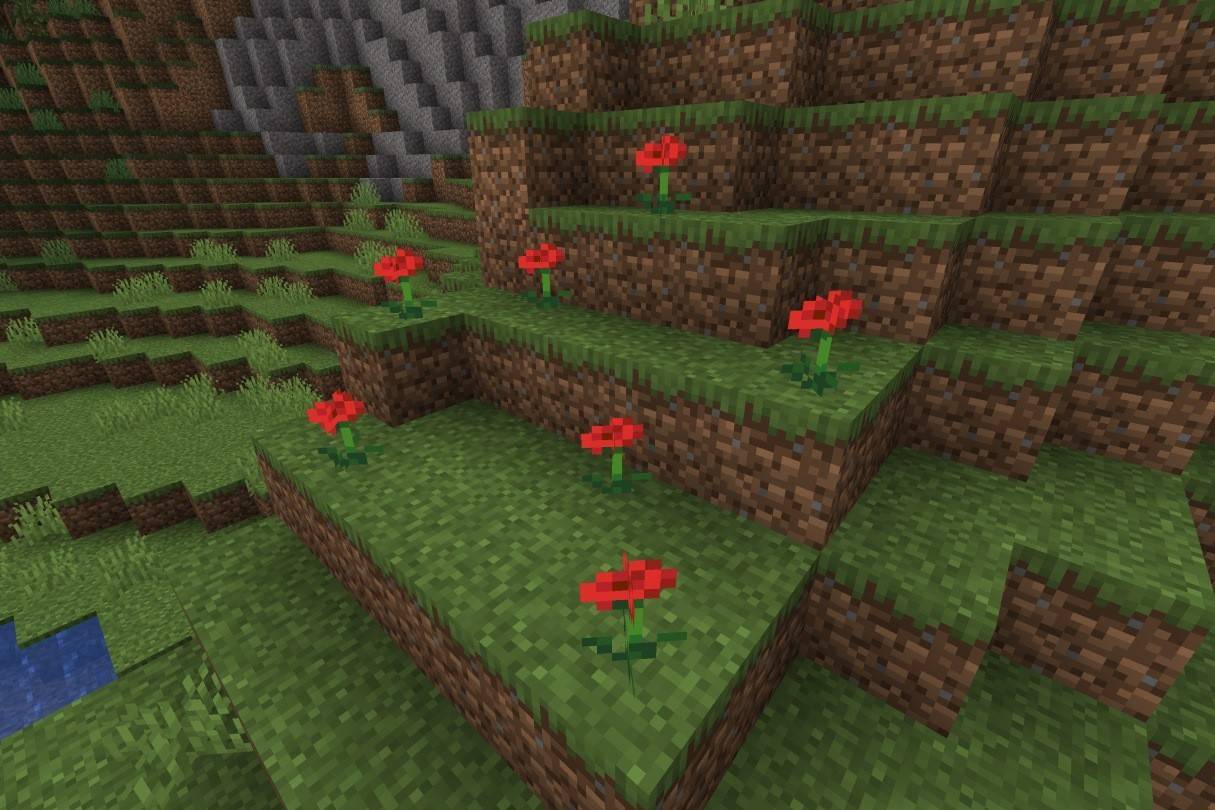 Image: ensigame.com
Image: ensigame.com
Replacing the original "rose" and cyan flowers, poppies are readily found in various biomes and are occasionally dropped by Iron Golems. Their primary function is crafting red dye, essential for coloring banners, beds, wool, sheep, and wolf collars.
Dandelion
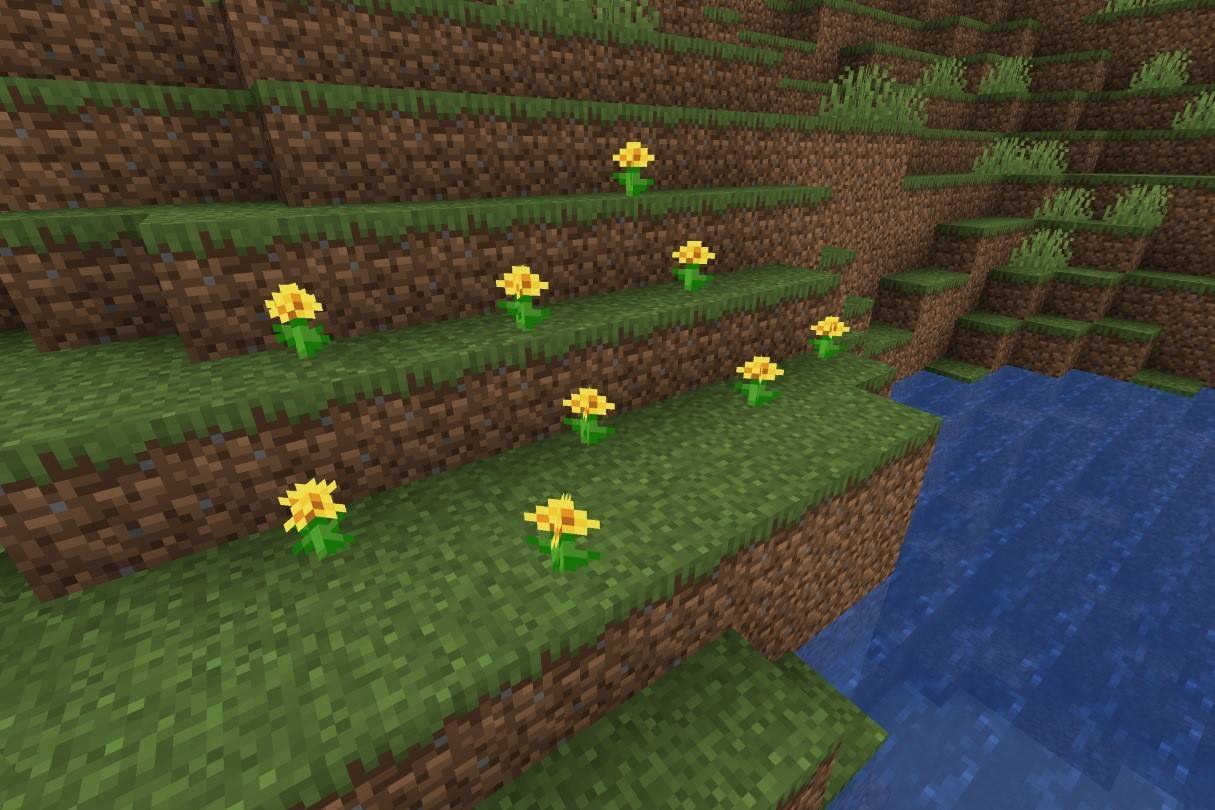 Image: ensigame.com
Image: ensigame.com
These bright yellow flowers, absent from marshes and ice plains, are prolific in flower forests. They yield yellow dye, perfect for adding a cheerful touch to banners and wool, although sunflowers produce double the dye.
Allium
 Image: ensigame.com
Image: ensigame.com
Native to flower forests, alliums provide magenta dye, crucial for creating magenta stained glass, terracotta, and wool, adding a touch of elegance to any build.
Rose Bush
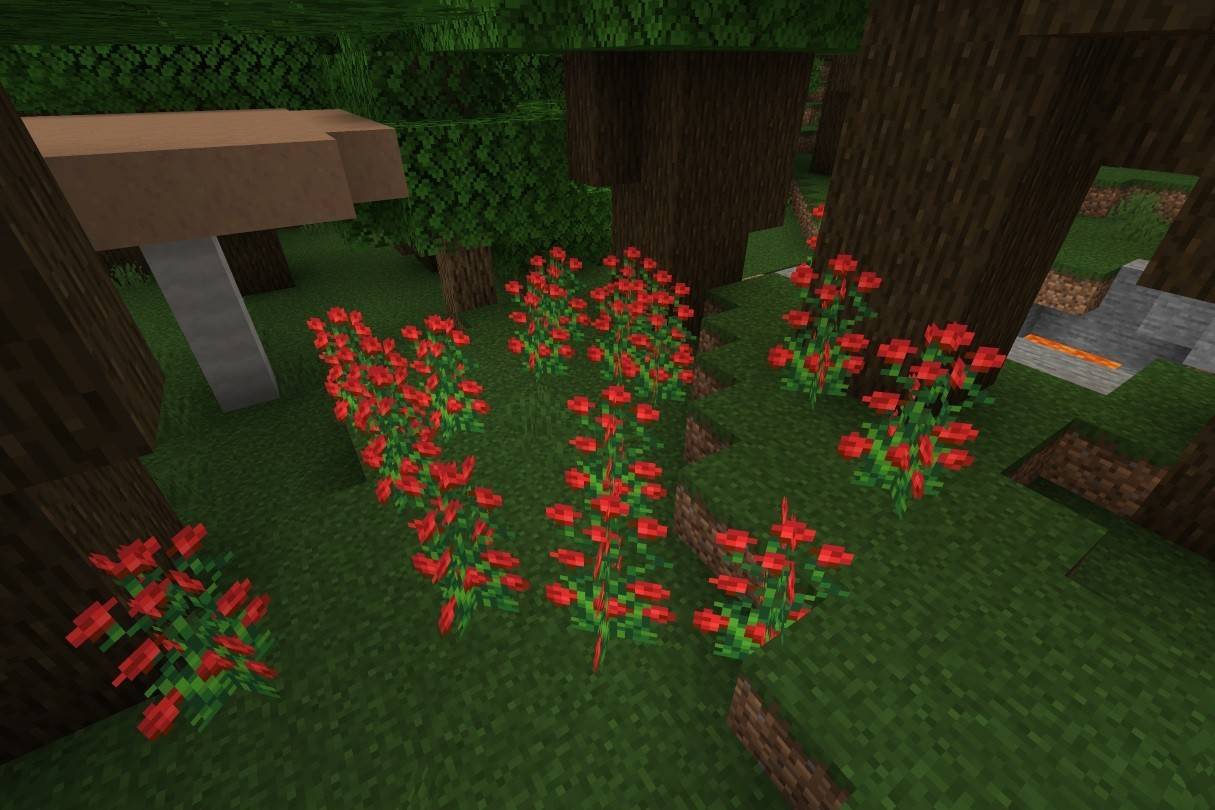 Image: ensigame.com
Image: ensigame.com
A two-block-high flower found in various wooded biomes, the rose bush offers red dye, useful for dyeing wool, banners, beds, and leather armor. Unlike its dangerous counterpart, the wither rose, it's a safe and visually appealing addition to any landscape.
Wither Rose
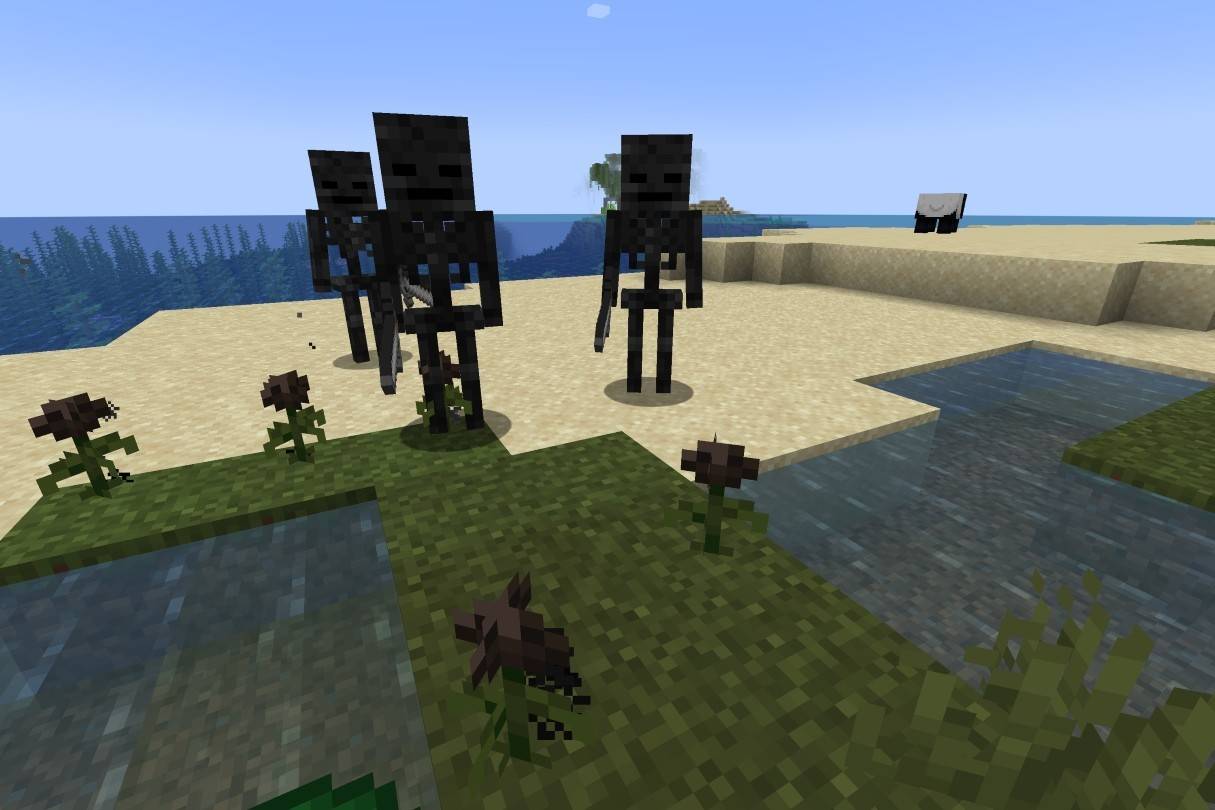 Image: ensigame.com
Image: ensigame.com
This ominous flower, spawned by the Wither or rarely found in the Nether, inflicts the Wither effect upon contact. However, it's a source of black dye, used for coloring leather armor, terracotta, banners, beds, and wool, as well as firework stars and black concrete powder.
Peony Bush
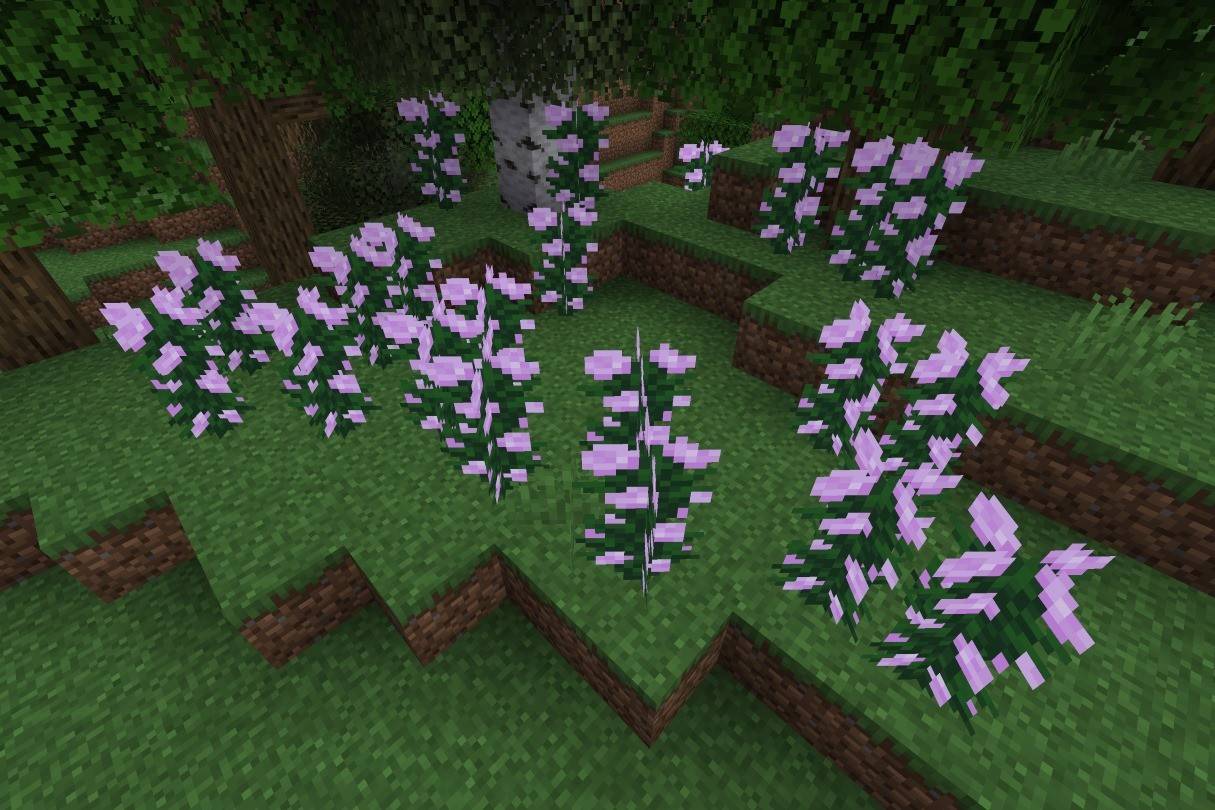 Image: ensigame.com
Image: ensigame.com
These tall, pink flowers, thriving in woodland biomes, yield pink dye (or can be crafted from red and white dye). They can be propagated with bone meal, making them a readily renewable resource for dyeing wool, stained glass, terracotta, and wolf collars.
Lily of the Valley
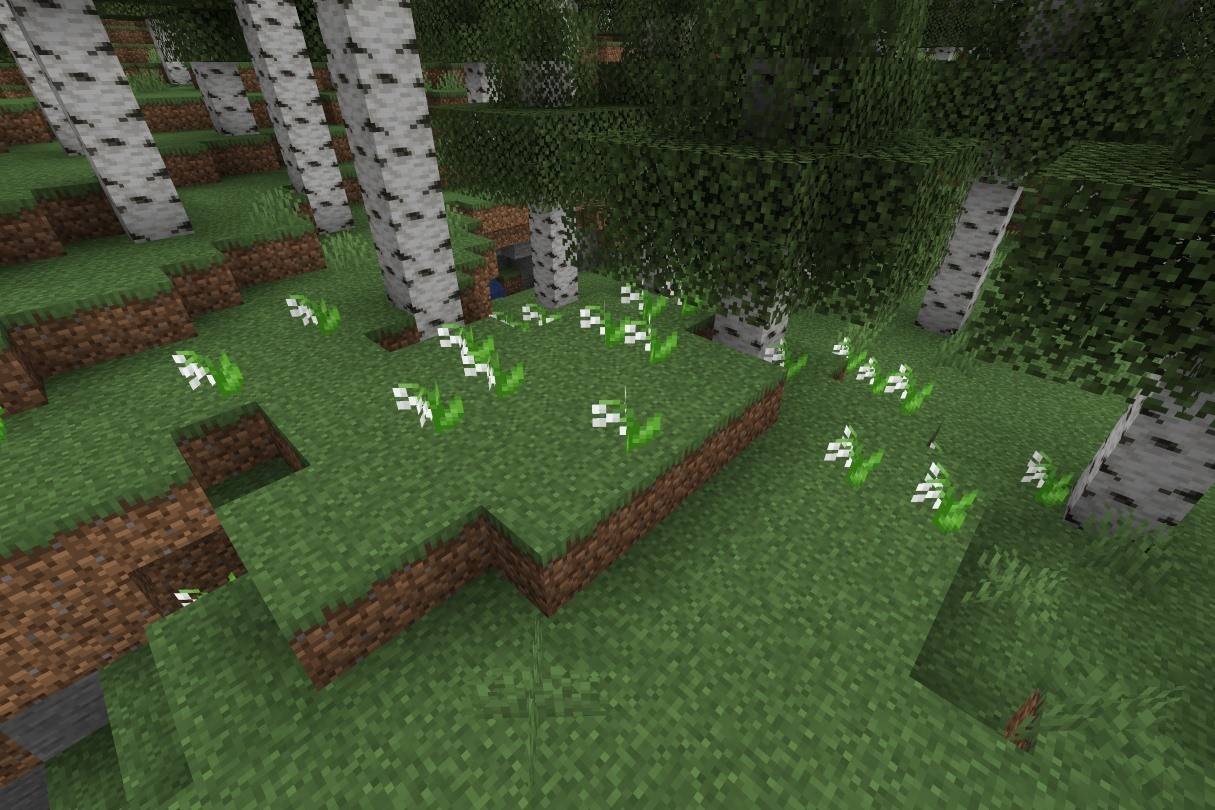 Image: ensigame.com
Image: ensigame.com
Found in forests and flower forests, the Lily of the Valley provides white dye, a base for many other colors, and is used for dyeing wool, banners, beds, terracotta, and wolf collars.
Tulip
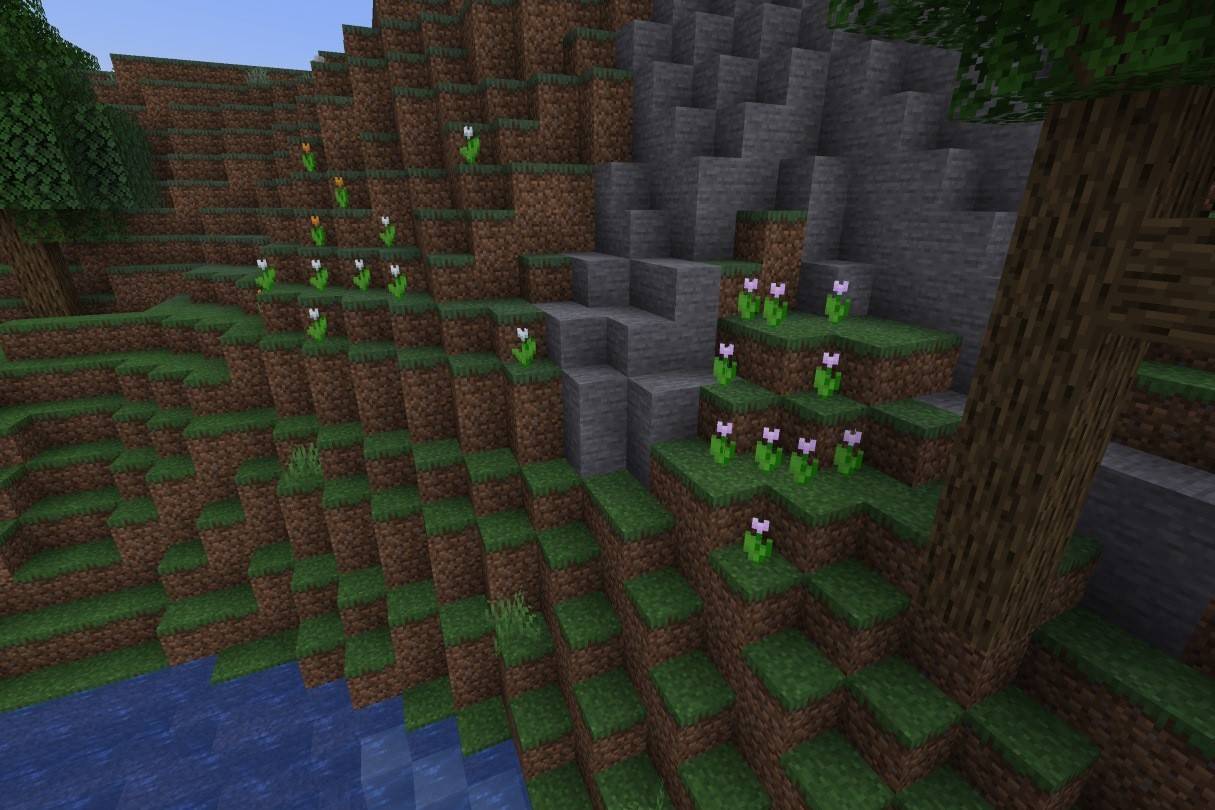 Image: ensigame.com
Image: ensigame.com
Available in red, orange, white, and pink varieties, tulips offer diverse dyeing options, providing a wide range of colors for your creations.
Azure Bluet
 Image: ensigame.com
Image: ensigame.com
This small flower, found in grasslands and flower forests, creates light gray dye.
Blue Orchid
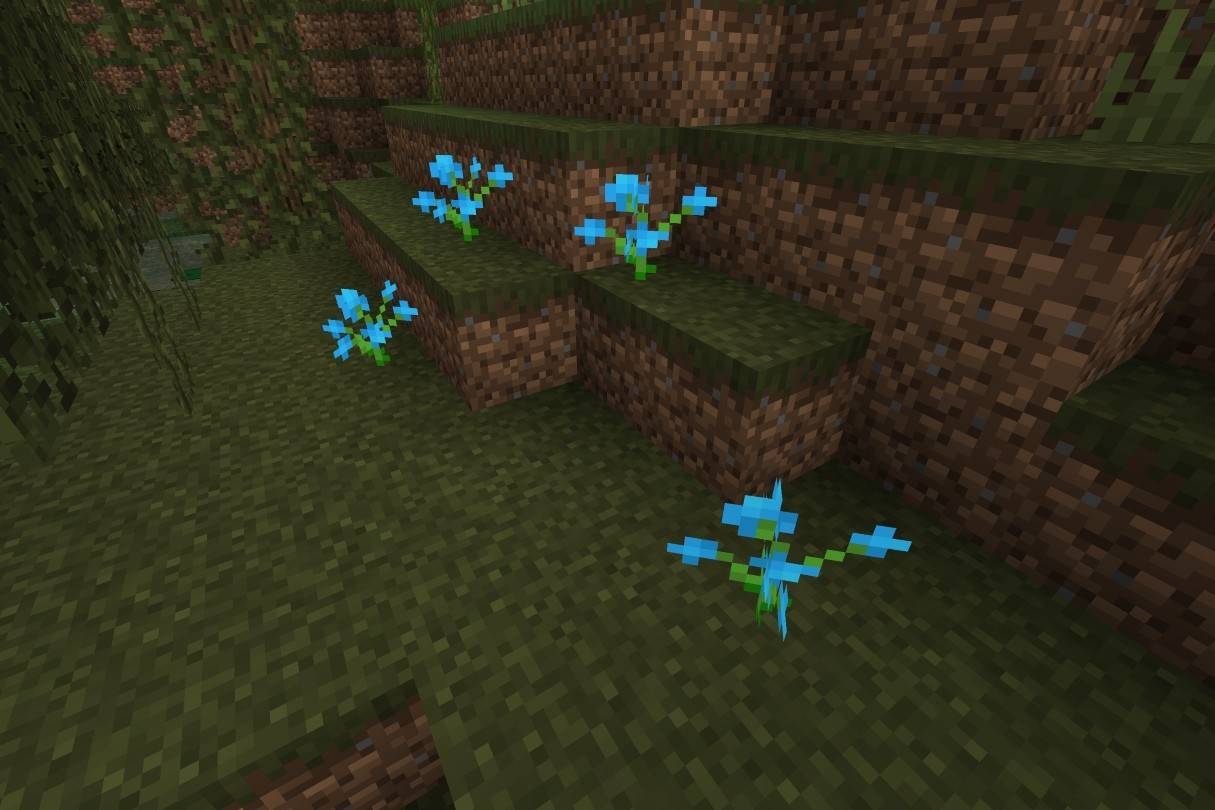 Image: ensigame.com
Image: ensigame.com
A rare flower found in swamps and taigas, the blue orchid yields light blue dye.
Cornflower
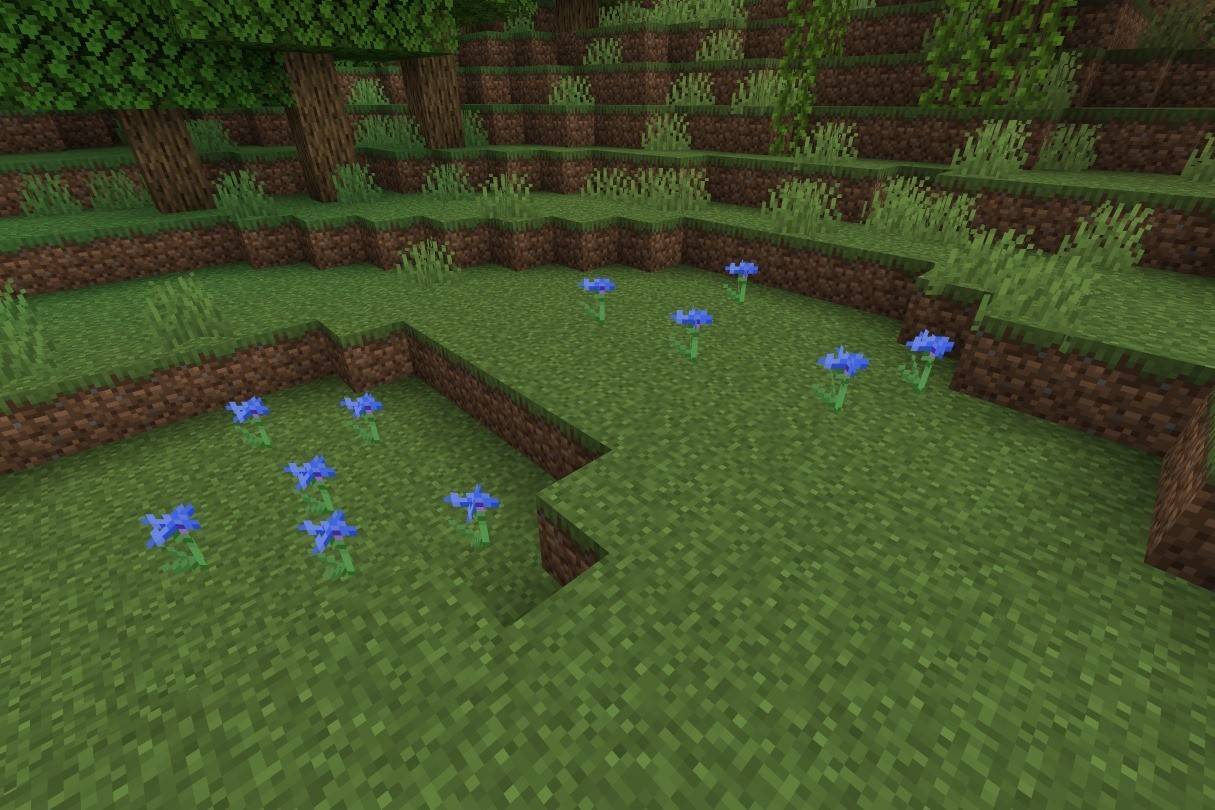 Image: ensigame.com
Image: ensigame.com
These blue flowers, found in plains and flower forests, produce blue dye for coloring wool, glass, and terracotta.
Torchflower
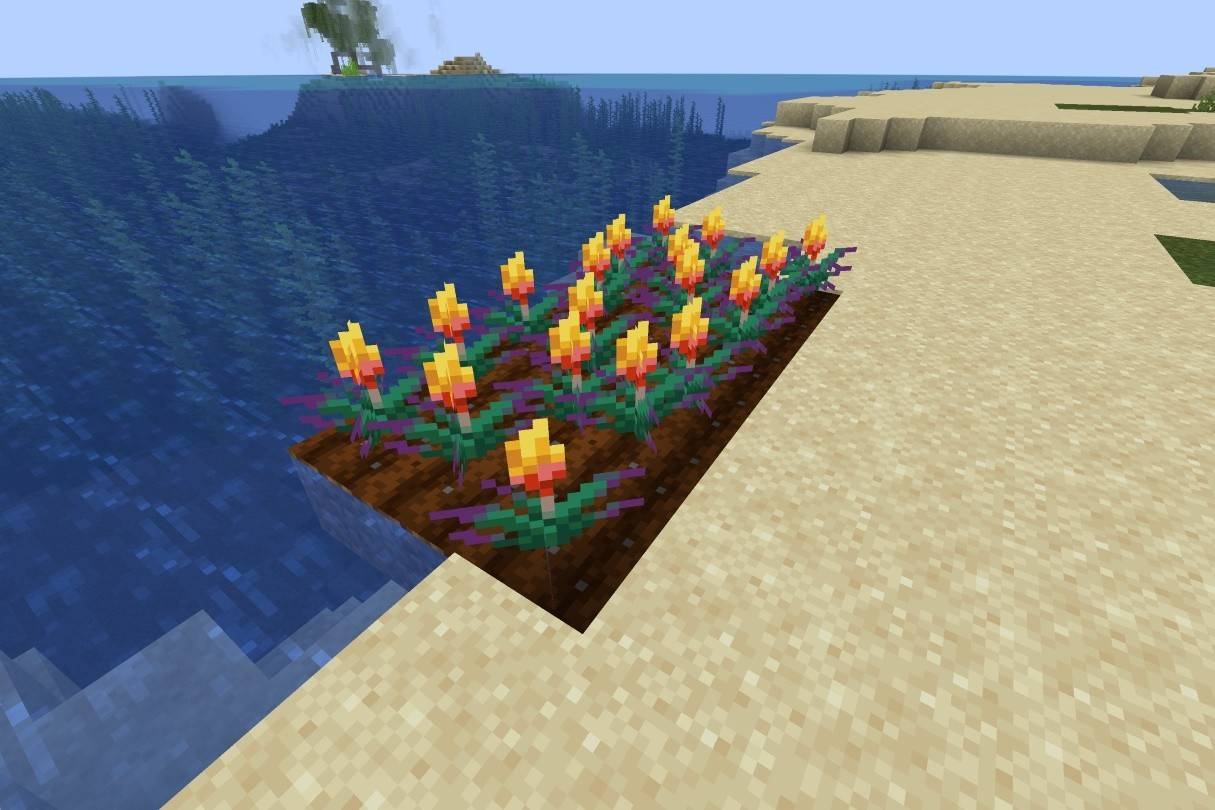 Image: ensigame.com
Image: ensigame.com
The torchflower provides orange dye. Its growth and propagation vary between Java and Bedrock editions.
Lilac
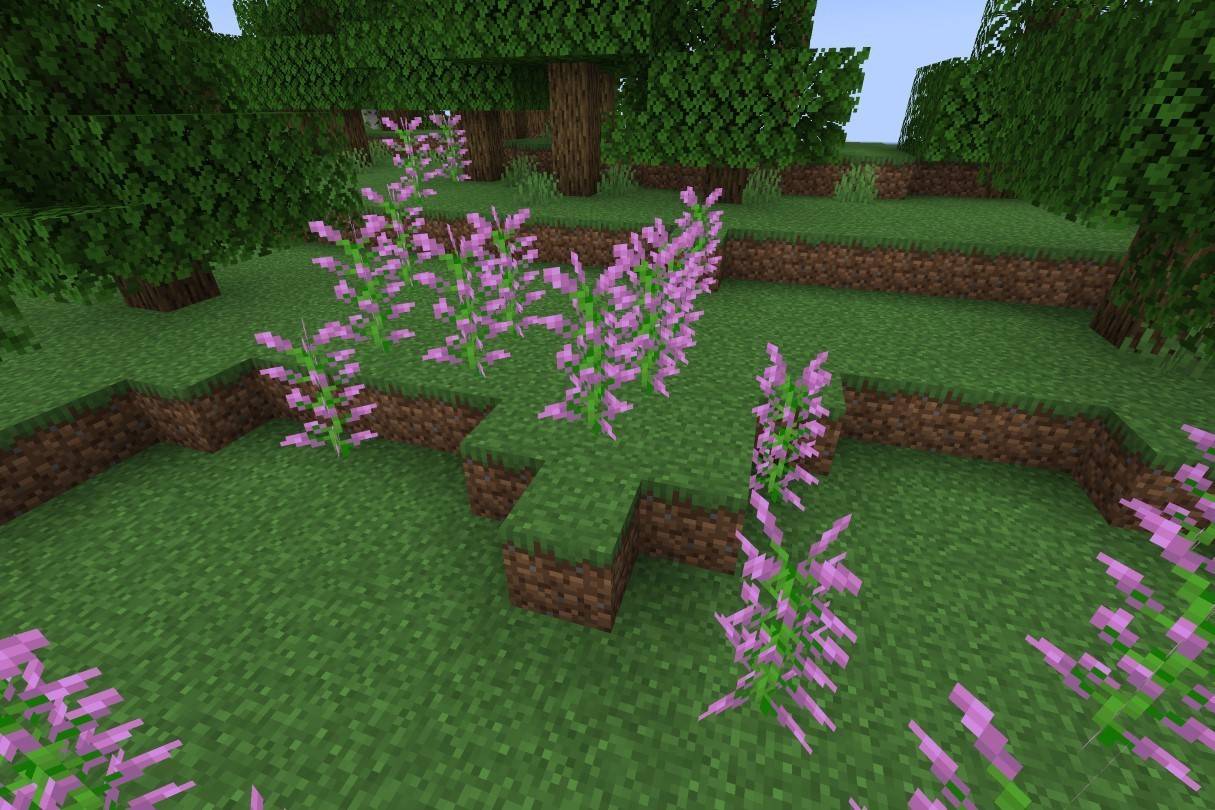 Image: ensigame.com
Image: ensigame.com
This tall, light-purple flower, found in various forest biomes, produces magenta dye.
Oxeye Daisy
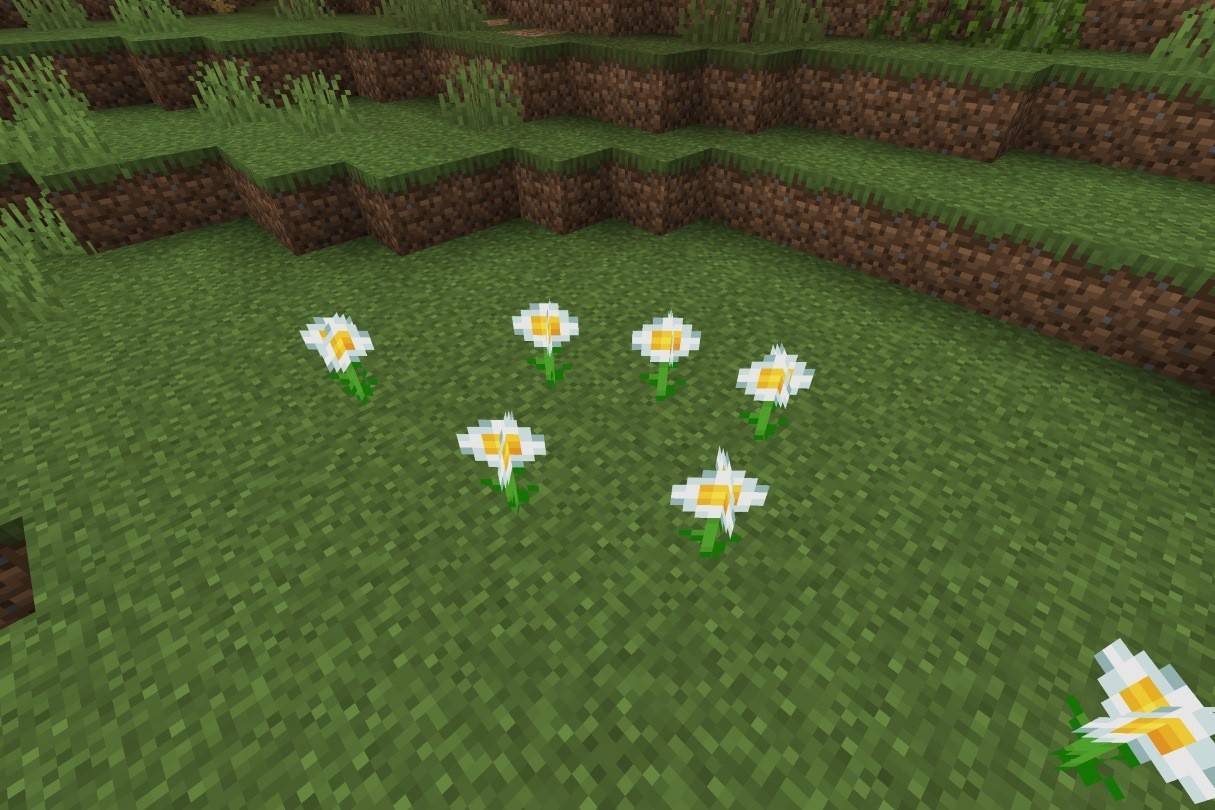 Image: ensigame.com
Image: ensigame.com
The oxeye daisy creates light gray dye and can be used for decorative purposes.
Sunflower
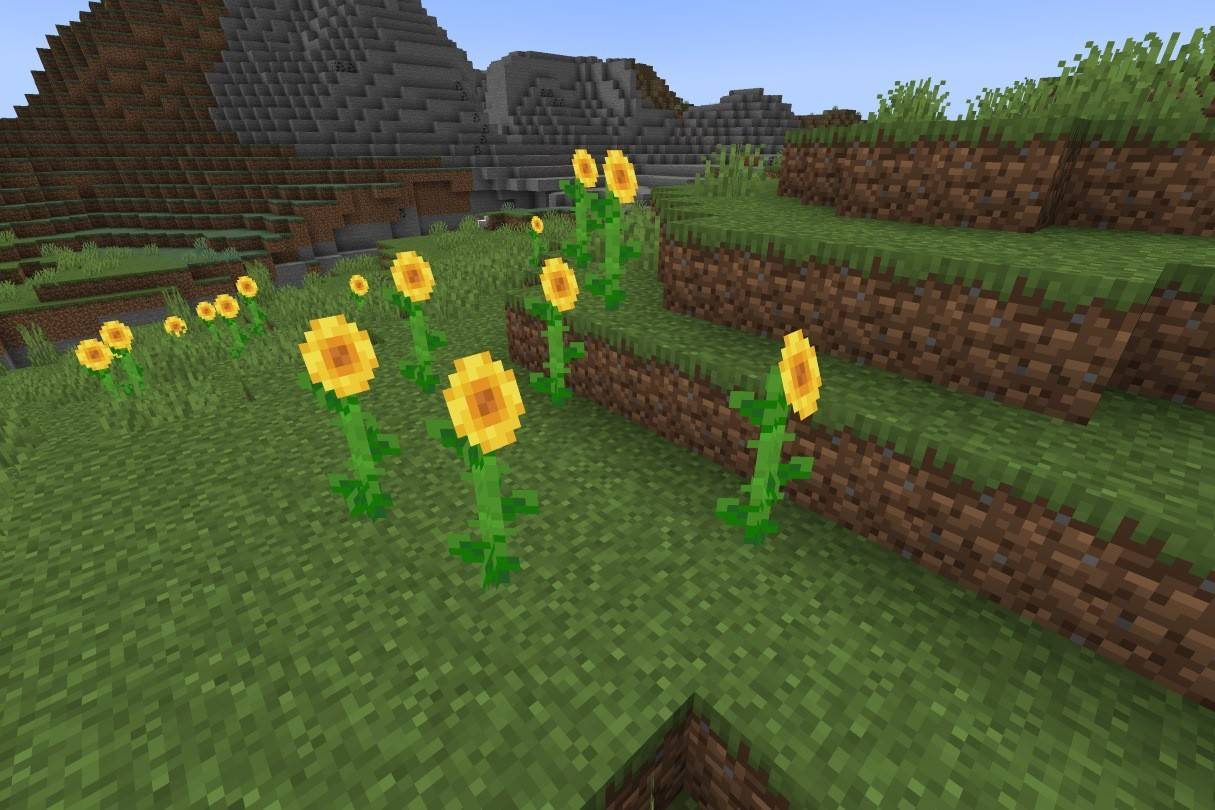 Image: ensigame.com
Image: ensigame.com
Found in sunflower plains, sunflowers produce yellow dye and are useful for navigation due to their eastward orientation.
These flowers offer a wealth of possibilities within the Minecraft world. Experiment with their uses and unlock their full potential!
 LATEST ARTICLES
LATEST ARTICLES